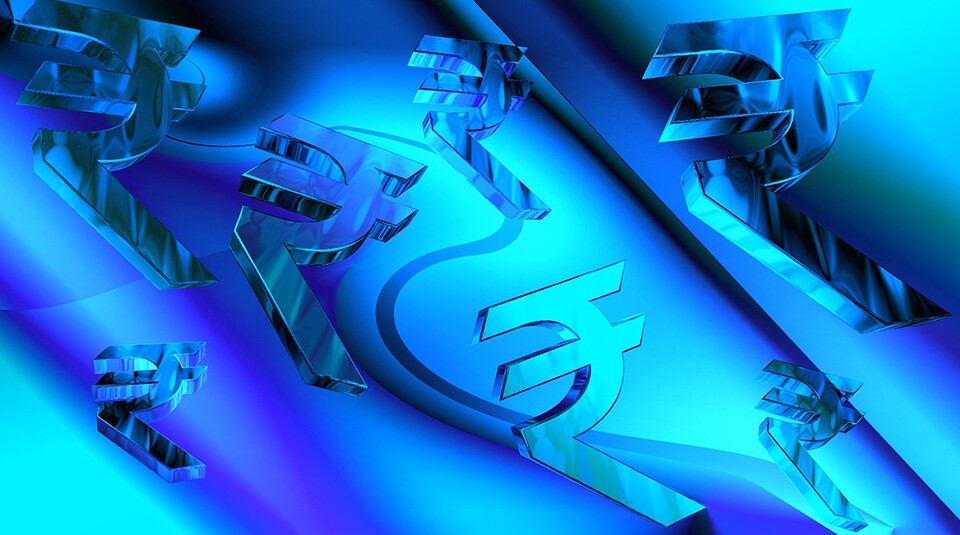India is preparing to embrace the digital rupee in the next financial year, following China’s lead. That’s no surprise given the enthusiasm with which Indians have taken to crypto-currencies.
There has been a “phenomenal increase in transactions in virtual digital assets”, Nirmala Sitharaman, India’s finance minister, said in her 2022 budget speech in February. The magnitude and frequency of digital asset transactions prompted Sitharaman to propose a flat 30% tax on the new asset class.
There’s a good reason why India’s government is keen to jump on the virtual finance bandwagon: Digital assets can have a significant impact on a nation’s economy.
CrossTower, a crypto exchange which offers capital market capabilities, estimated the potential economic value of digital assets for India could reach $1.1 trillion by 2032, in a research report published in December 2021. But even these estimates could be conservative, the report said, given the revolutionary nature of the asset class. Just as the internet ended up touching every aspect of people’s lives, digital assets will also become ubiquitous.
CryptoCompare, an independent global crypto-currency market data provider, ranked CrossTower fourth in the world last year, based on measures such as transaction risk, regulation, quality of assets and security.
What the internet was in the 80s, that is blockchain today

CrossTower, which was founded in 2019, considers the potential of digital assets to be much larger than that of the internet as the adoption rate of digital assets is twice that of the internet.
“What
